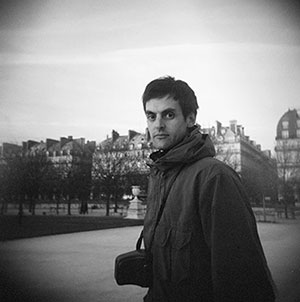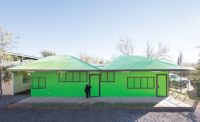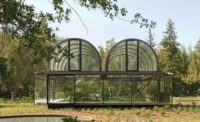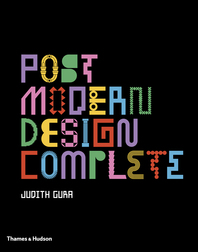As the director of the master’s in architecture program at the Universidad Catolica de Chile, Max Núñez observes: “There is a younger generation that is coming up with new ways of approaching architecture and theory—I think it is going to become very inspirational.” Núñez himself could be included in this category.

The Santiago, Chile–born architect, who founded his eponymous firm in 2011 (and has mostly worked for himself or with partners since he finished school in 2004), is in a good position to look forward, as well as back on his country’s unique brand of Modernism. After all, he grew up with a father who was, and still is, an architect practicing in Santiago. “Since I was a kid, I knew what architecture was about and what it takes,” he says. “I knew the good and not-so-good about the profession—and I knew I had to do my own thing.”
And he has. He weathered the financial crisis of 2008–09 by receiving a grant from the Chilean government and coming to Columbia University’s Graduate School of Architecture, Planning and Preservation to earn his master’s in Advanced Architectural Design. There he began to focus his approach, thinking about each commission as its own research project and gaining a more global perspective. “My interest now is, using each project to test some specific question about architecture. I’m not searching for a formal coherence between different objects, but rather some idea in relationship to architecture that can stand on its own,” he says.
For his 400 Columns House in Santiago’s northern suburbs, Núñez explored the use of concrete as a lightweight nonstructural element. He enveloped a low, horizontal volume that includes nine interior courtyards with concrete columns that shade and enclose the structure, while enabling cross-ventilation. The architect pushed concrete in another direction for his MAD Building at the Grange School in Santiago, which sits atop five large reinforced-concrete columns of different shapes and angles. With the music, arts, and dance programs consolidated below grade, the ground-floor pavilion becomes a common space protected from the elements while the second level, topped by a faceted roof, is an open flexible space. Núñez’s office is also designing a house on Chile’s coast—part of a larger development that will include six houses by Chilean architects and six by Japanese architects (Ryue Nishizawa and Alejandro Aravena are each designing one).
With many small and medium-scale projects completed, Núñez is eager to take on larger ones—a goal he hopes to achieve by entering municipal design competitions in Chile for public work. A few years ago, his office won a competition for the Atacama Regional Museum, which protects the treasures of an area known for its harsh desert climate and indigenous population. Clad in terra-cotta and perforated blocks of clay, the project references the tone and color palette of the Copiapó Valley. For another competition win, Núñez is working on a visitors’ center for the Jeinimeni National Reserve, for which he found his inspiration in the large shearing sheds and granaries of Patagonia’s sheep farms. By reimagining a structure that defines life in the south of Chile and glorifying its form, meaning, and construction, the project is a good example of Núñez’s goal: to “provide new possibilities of habitability.”
Max Núñez Arquitectos
FOUNDED: 2010
DESIGN STAFF: 3-5
PRINCIPALS: Max Núñez
EDUCATION: Columbia University GSAPP, M.S. Advanced Architectural Design, 2010; La Pontificia Universidad Católica de Chile, M.Arch., 2004, B.Arch., 2002; Politecnico di Milano, exchange program, 1998–99
WORK HISTORY: dRN Arquitectos (in partnership with Nicolás del Rio), 2005–10; Guillermo Acuña Arquitectos, 2003
KEY COMPLETED PROJECTS: MAD Building, Santiago, 2014; Ghat House, Cachagua, 2016; House 400 Columns, Colina, 2014 (all in Chile)
KEY CURRENT PROJECTS: Visitor Center Jeinimeni National Reserve (with Benjamin Murua), Comuna de Chile Chico; Dune House, Ochoquebradas; Catenary House, Puertecillo; Greenhouse, Santiago (all in Chile)












Post a comment to this article
Report Abusive Comment